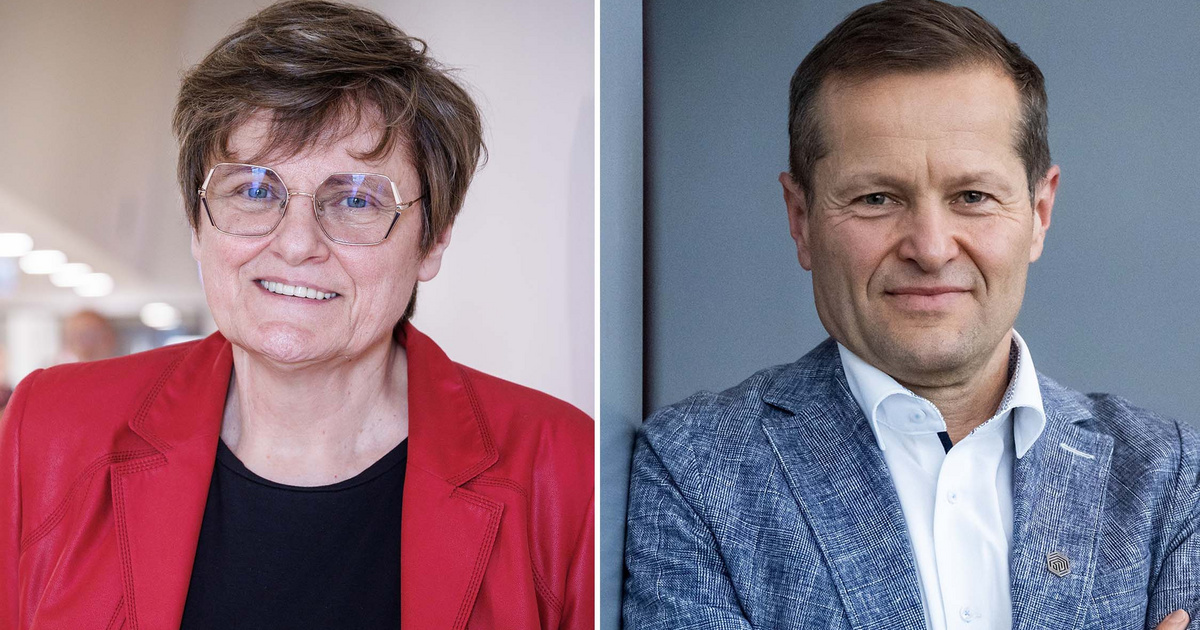Unfortunately, it was not possible to exceed the speed of light this year, give food to aliens, find a cure for cancer or Alzheimer's disease, and it was not possible to extract usable surplus energy from nuclear fusion. But there have been important takeaways: 2023 has been a busy and exciting year.
Most important things first
As the end of the year approached, DeepMind's FunSearch program made scientific history by investigating the threshold-setting problem. The system, built on an architecture called a large language model similar to ChatGPT, achieved an unexpected result in solving a very difficult mathematical problem. He came up with solutions independently, and thus semi-authored, if you like, along the lines of image generators, as a creative generator of scientific solutions.
Instead, they used the machine learning system as a tool, but also in a revolutionary way, by learning to read minds and recognize images based on many hours of fMRI recordings.
Thanks to the missiles of the Yemeni Shiites participating in the armed conflict between Hamas and Israel, the Israeli missile defense system hit a ballistic missile fired at them over the border line at an altitude of one hundred kilometers – this was a scientific and technical precedent, the first armed conflict in space in history.
In June, it became possible to send energy from space to the Earth's surface for the first time. This is important because renewable energies are much more stable in space, where the sun is always shining.
At the end of August, Russia and India attempted to send their own probe to the moon's north pole at around the same time to search for water remaining in the forever obscure parts of craters there. The Russian Luna 25 spacecraft was destroyed due to technical problems, but India became the fourth country to land on the moon. The Vikram lander and the Pragyan rover worked for two weeks before ending their mission due to lunar night.
Difficult problems and setbacks
There have been several interesting solutions to the age-old problem of contradictions between classical physics and quantum theory. According to one of them, there are three temporal and one spatial dimensions of particles. According to the other, the phenomenon of classical gravity is divided into small time fluctuations on the quantum scale. The big advantage of the latter theory is that it can also be scientifically verified by an experiment showing fluctuations.
James Webb, humanity's current most powerful space telescope, this year tried to find a solution to the cosmological problem known as Hubble jitter, the gist of which is that we have more data about the expansion rate of the universe. Webb confirmed the Hubble Space Telescope measurements, so the discrepancy is not a technical error, but rather a theoretical gap. According to another theory, it is also possible that we are actually in a cosmic cavity containing rare materials, and that is why we are deceived by the landmarks.
If we mention the James Webb Space Telescope, it is no coincidence that it takes the lead in the field of astronomical observations: with its help, this year we witnessed for the first time the formation of elements heavier than iron during the collision of neutron stars.
This year, science's self-correction has also reached a new level. According to a monograph mill study, 34% of neuroscience publications and 23% of medical science publications are plagiarism or forgery. Due to subsequent problems, formatting, and similar problems arising from references to retracted scholarly works, there is serious debate in the scholarly public.
A record number of papers have been retracted. This year, for example, the scientific sensation Ranga Dias, the room-temperature superconductor, has gone down the drain. In addition, a room-temperature Korean superconductor, LK-99, also appeared and disappeared in 2023.
Double dynamite
When it comes to science, 2023 will go down in Hungarian history books as the year two Hungarian scientists won the world's most prestigious scientific award.
Katalin Carrico and Drew Weissman received the Nobel Prize in Medicine for developing the scientific basis for mRNA vaccines. Carrico and his colleague saved millions of lives by creating a vaccine within months during the coronavirus pandemic. This was a scientific achievement for which he received the most prestigious scientific awards in recent years, and due to clear pressure from the public, it was only a matter of time before he received the Nobel Prize.
Ferenc Krauss shared the Nobel Prize in Physics with Pierre Agostini and Anne Lhuillier for establishing attosecond physics. A totosecond is a billionth of a billionth of a second, and with the ultrafast laser developed by Krauss, humanity was able to see physical processes that had never been seen before.
(Cover image: Katalin Karikó and Ferenc Krausz. Photo: Kata Nemeth/Index, Zoltan Balogh/MTI)














































